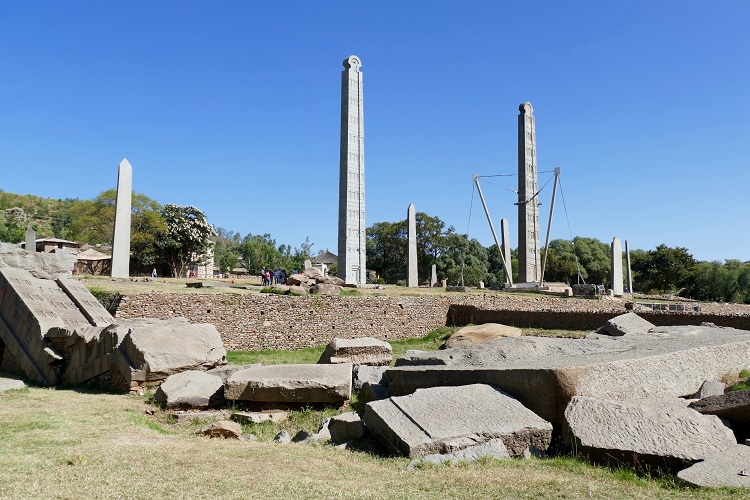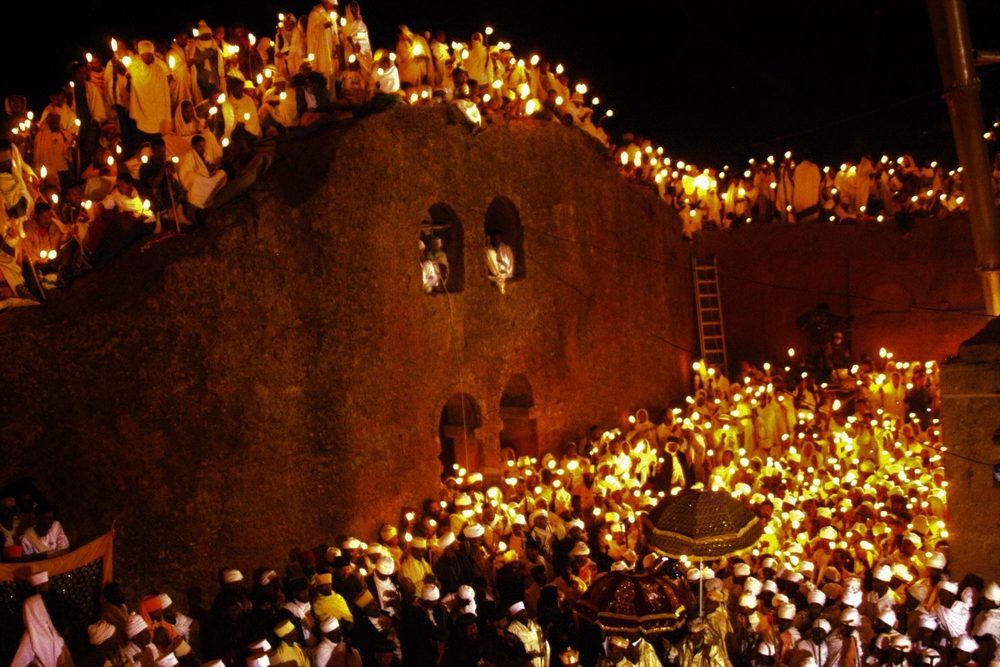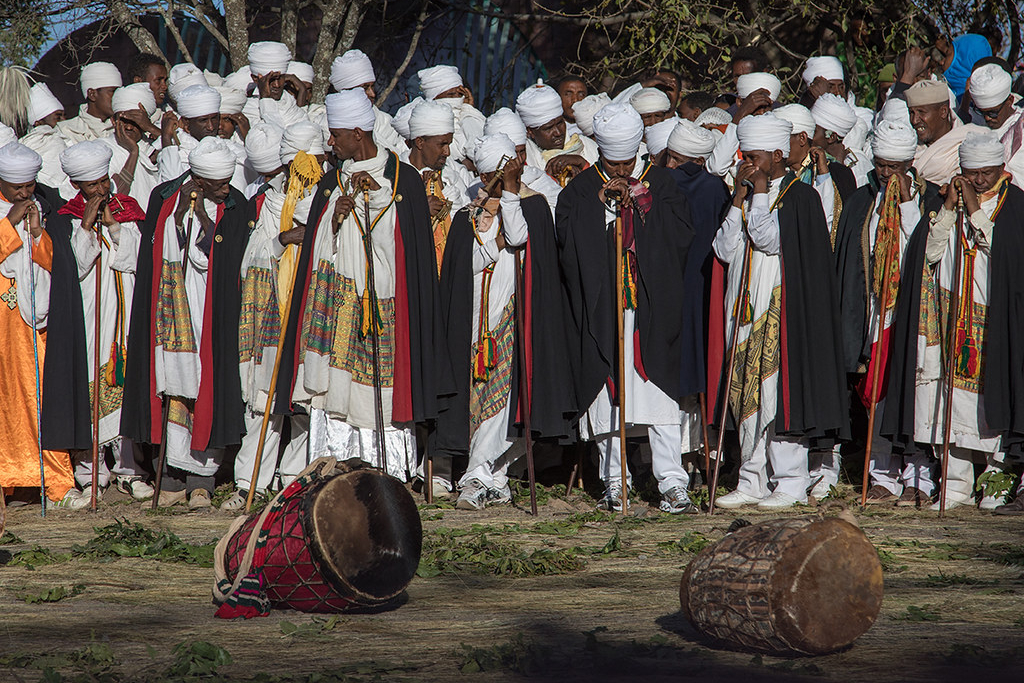
Historical Attractions
Timkat Festival
The Timket Festival – celebrating the epiphany – is one of the grandest occasions amongst Ethiopia’s Orthodox Christians. The celebration occurs on the 19 of January and commemorates the baptism of Christ. The event comes 12 days after the Ethiopian Christmas (also referred to as Gehenna) with lots of interesting features. The highly revered festival is considered a period of religious sanctification and spiritual revival amongst the orthodox Christians who take the chance to give thanks to God for spiritual nurturing. One of the most significant parts of the Timket Festival is the ‘Tabot’. The ‘Tabot’ is a term in Amharic used to refer to the Ark of The Covenant. During the Festival, replicas of The Ark of The Covenant are taken out from the local churches and carried through the streets making it a very colourful procession accompanied by children from Sunday school singing hymns and priests showing special choreographic moves with their praying sticks..
As the home to the Queen of Sheba and (as the story goes) the Ark of the Covenant – the storied artefact of Moses’ 10 commandments – Axum is one of the oldest continuously inhabited cities in northern African, dating back to 400 BC. A quick trip to the north of the city reveals the Stelae field of various monuments that were carved and erected in the 4th century, known as the Obelisks of Axum. The proud pillars, each over 1,700 years old, 24 meters tall, made of solid granite and some weighing over 160 tons, are impressive sights to behold. In the same area, researchers have uncovered a number of tombs in Axum since the 1970s, but sadly many had been plundered by tomb raiders and only one such grave, The Tomb of the False Door, is now open to visitors. Do not miss the Church of Saint Mary of Zion. Locals will tell you it is one of the most sacred of places in the whole of Ethiopia, not only does it house the Ark of the Covenant, but also has a long history dating back some 1,700 years. This World Heritage site is often referred to as “Abyssinia” in medieval texts and is considered the heart of ancient Ethiopia. It is a marvel of obelisks, ruins of castles, undiscovered tombs, beautiful churches and other cultural treasures spanning several centuries and embracing different religions.









